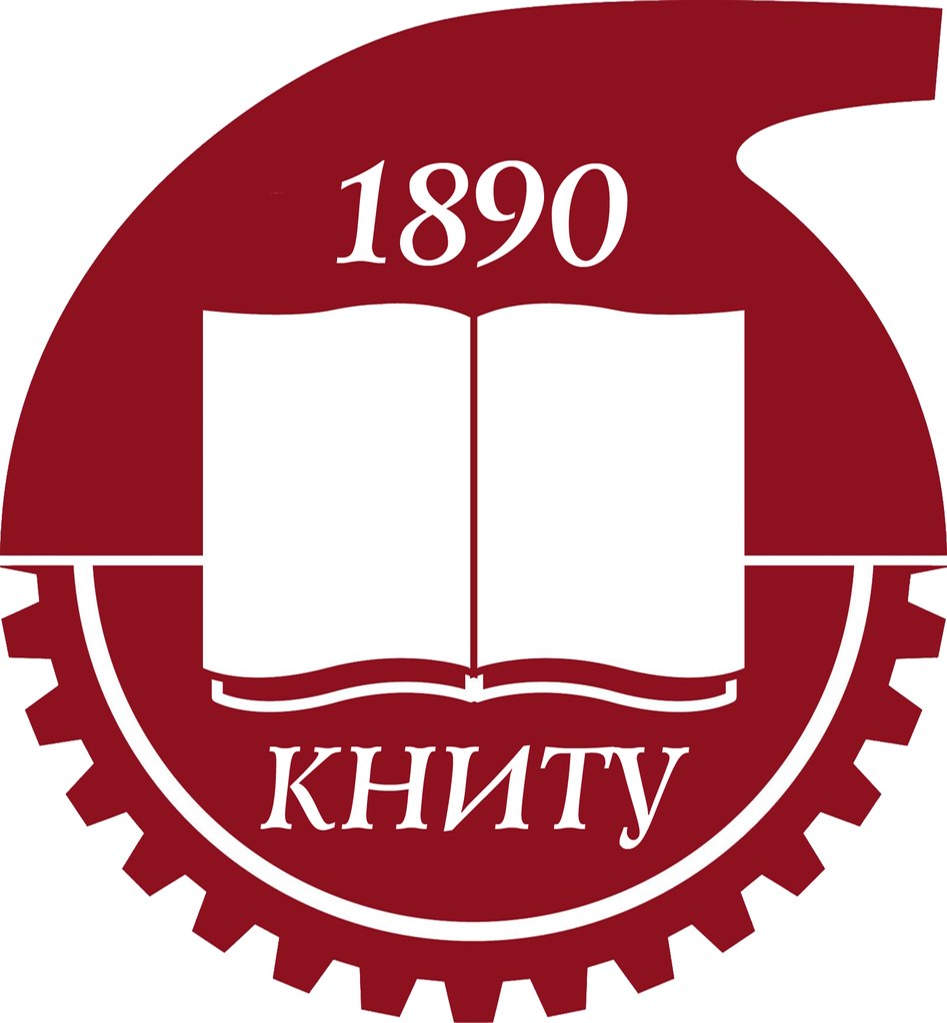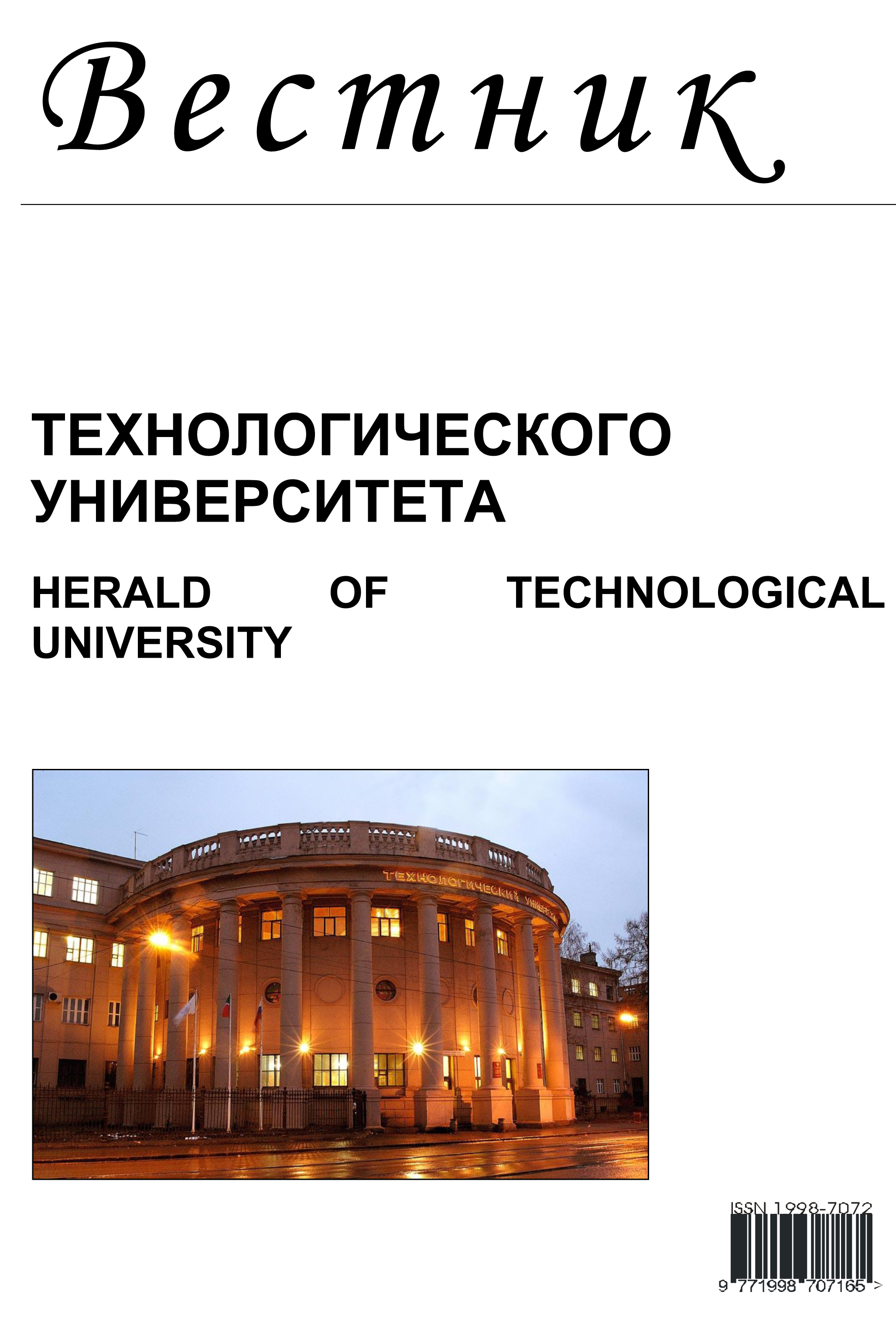It was studied the influence of concentration Na 2S 2O 3 (0,005…0,25 М) and the exposition time of a bismuth electrode in 0,5 М Na 2S and 0,1 М Na 2S 2O 3 for the electroreduction of bismuth (III) ethylenediamintetraacetate complexes at рН 6,0. It was established that these factors reduce the overpotential of cathode reaction. It is shown that the increase of the electrode process rate is associated with the surface complexation at low concentrations of Na 2S 2O 3 (0,005 М), and with the formation of the mixed ligand complex [ВiEdtaS 2O 3] 3 - in the solution bulk at large concentrations of Na 2S 2O 3 .
электрохимические процессы, электровосстановление, висмут, тиосульфат-ионы, комплексообразование, этилендиаминтетраацетатные комплексы, вольтамперометрия, electrochemical processes, electroreduction, bismuth, thiosulfate-ions, ethylenediamintetraacetate complexes, voltammetry
1. S. Jiang, Y. Huang, F. Luo, Inorg. Chem. Comm., 6, 781-785 (2003);
2. S. Holvoet, P. Horny, S. Turgeon, Electrochem. Acta., 55, 1042-1050 (2010);
3. V.V. Povetkin, T.G. Shibleva, Zaschita metallov, 42, , 5, 557-560 (2006); V. V. Povetkin, T. G. Shibleva, Protection of Metals, 42, 516-519 (2006);
4. T.P. Petrova, K.V Zeleneckaya, I.F. Rahmatullina, M.S. Shapnik, Zaschita metallov, 42, 4, 393-398 (2006); T.R. Petrova, K.V. Zelenetskaya, I.F Rakhmatullina, M.S. Shapnik, Protection of Metals, 42, 359-364 (2006);
5. J.M. Zhu., K. Yang, J.J. Zhu et al., Optical Materials, 23, 89-92 (2003);
6. C.D. Lokhandea, B.R Sankapala, R.S. Manea et al, Applied Surface Science Letters, 187, 108-115 (2002);
7. A.E. Martell, R.M. Smith, Critical Stability Constants, N. Y.: in 5 v, London: Plenum Press, 1982. 5 v. 8.
8. A.A Sedova, L.N. Simonova, N.V. Mel'chakova, Zh. neorg. himii, 30, 6, 1412-1415 (1985).
9. S.D. Ershova, A.Ya. Fridman, N.M. Dyatlova i dr., Zh. neorg. himii; 27, 10, 2510-2514 (1982);
10. A.N. Frumkin, Potencialy nulevogo zaryada. Nauka, Moskva, 1982. 259 c.;
11. A. Hubin, D. Gonnissen, W. Simons et al., J. Electroanal. Chem., 600,142-150 (2007);
12. R.Yu. Bek, O.N. Shevcova, L.I. Shuraeva, Elektrohimiya, 46, 5, 616-622 (2010); Yu. Bek, O.N. Shevtsova, L.I. Shuraeva, Russian Journal of Electrochemistry, 46, 581-587 (2010);
13. F. Basolo, R. Pirson, Mehanizmy neorganicheskih reakciy. Mir, Moskva, 1971. 592 c.; F. Basolo, R.G. Pearson, Mechanisms of Inorganic Reactions. A Study of Metal Complexes in Solution, 2nd Revised edition edition (Sep 1967). John Wiley and Sons, Inc., New York, London, Sydney, 1967. 715 pp.;
14. K.K. Kol'k, M.A. Sal've, U.V. Pal'm, Elektrohimiya, 8, 10, 1533-1566 (1972);
15. U.V. Pal'm, Yu.I Erlih, T.E. Erlih, Elektrohimiya, 10, 8, 1180-1184 (1974);
16. S.V Borisevich, T.P. Petrova, E.E. Starodubec, Vestnik Kazanskogo tehnologicheskogo universiteta, 16, 17, 16-19 (2013);
17. N.A. Shvab, V.D. Litovchenko, L.M. Rudkovskaya, Prikladnaya elektrohimiya i zaschita metallov ot korrozii, 80, 11, 1826-1829 (2007);
18. A.M. Bond, Polyarograficheskie metody v analiticheskoy himii. Himiya, Moskva, 1983. 328 c.;
19. Z. Galyus, Teoreticheskie osnovy elektrohimicheskogo analiza. M.: Mir,1974. 552 c.









